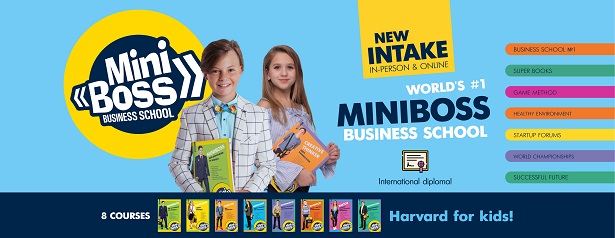
Creativity might seem like a talent that you either have (or don’t have), but the truth is, at the ages of 4 or 5, virtually every child qualifies as a “creative genius.” You see, as children, we were all naturally intuitive, curious, and free of mental inhibition. Yet by adulthood, only 2% of us retain that mental power.
It doesn’t have to be this way. Not only that, but we can’t afford for the trend to continue. We’re living in a world of artificial intelligence, and experts predict that nearly half of the jobs are at high risk of automation in the following decades. But no robot will be able to compete with human intuition and ingenuity anytime soon. That’s why it’s more important than ever to strengthen the skills we can’t replicate using neural networks like creativity, imagination, curiosity, and intuition.
Although our creativity atrophies as we age and navigate educational systems and corporate cultures, it’s a muscle we can exercise and strengthen. I’ve spent my career—including my role as head of innovation and creativity at Disney—building a tool kit for innovation and helping other people use those tools to develop creative solutions.
If you’re looking for ways to strengthen your creative skills to solve problems and stay competitive, start with these methods below.
1. INJECT FRESHNESS INTO YOUR DAILY LIFE
We’re all creatures of habit, but habit breeds stagnation, which is the opposite of innovation. Novelty, on the other hand, activates our brains’ pleasure centers and facilitates learning. Repetitive class schedules in school and set processes at work conspire to dull our creativity. Freshness can counteract that.
Freshness is a creative behavior I teach. I firmly believe failure to take in new stimuli results in the output of no new ideas. To inject freshness into your life, break your routine. Find a new route for your daily commute, change the radio station, sleep on the other side of the bed, order a new dish at your favorite restaurant, visit a new coffee house, or walk on a new street. At work, give yourself a change of scenery by setting up shop at a new desk or location for the day. I travel for work often, so I make a point of getting out of my prescribed schedule to embrace a new experience in each city I visit. The change doesn’t have to be big—it just has to be novel.
2. LET YOURSELF PLAY
Because stress prevents us from accessing our subconscious, it’s hard to be creative when our brains face that pressure. And when we work, our brains are stressed and can’t access our stories, our griefs, and our joys, which are the intangible qualities that define us and can’t be programmed into a machine. But when we play, we can make those connections because we’re better at observing and can shift perspective more easily. That’s what helps us find innovative solutions to complex problems.
That’s why I make sure there’s always a bit of playfulness or humor in my day —something that makes me smile. During Christmas, for instance, I played with some of my younger nieces and nephews and created a zoo and car out of boxes. In office environments, I introduce “energizers,” or fun, simple exercises that last two to three minutes and aim to make everyone laugh. Energizers help us get us out of our stressed, busy heads and back into that brain space where we have our best ideas.
One example is an energizer I call “storyteller.” In groups of three, each person takes a turn serving as a storyteller while other group members interview him to get his expertise on a fun or outlandish “career” I assign him (like “turtleneck tailor for giraffes”). This premise lets each group member exercise his or her creativity muscle.
3. ASK WHY (AND DON’T STOP)
When a child asks you “why,” does she settle for the first answer you give? No, she’s going to keep asking “why” until she gets to the bottom of the issue. That curiosity is an inherent part of creativity. Asking “why” is a behavior that can help us unlock innovative solutions, because it drives us to dig deeper until we uncover the root issue hidden beneath the surface problem. It’s something you can’t program a machine to do.
The founders of Open Bionics, for example, questioned why upper body prosthetics had to take the shape of hooks or grippers and built multigrip bionic hands. Then, they pushed further and asked how they could make bionic prostheses affordable for anyone who needed them. But they didn’t stop there. They kept pushing until they created the Hero Arm: a prosthetic that makes children feel like superheroes.
Recently, I noticed that my household of four had four cars in the driveway, and I asked myself why we needed one car each. I found there was always at least one car sitting in the driveway—even when no one was home. So I sold mine. As a family, we reduced our car insurance premium by over 20%, our gas costs by 25%, and our carbon emissions. That’s what can come from asking “why?” continually.
Novelty, playfulness, and curiosity are all traits drilled out of us by the time we become adults. But these childlike (not childish!) qualities are how we discover true innovative insights. These behaviors build creativity that sets you apart because they create connections and uncover clues that other people (and algorithms) don’t access. We have to deliberately access the things that define us—our stories, our creativity, our imagination, our grief, and our joy—and separate ourselves from machines.
А source



